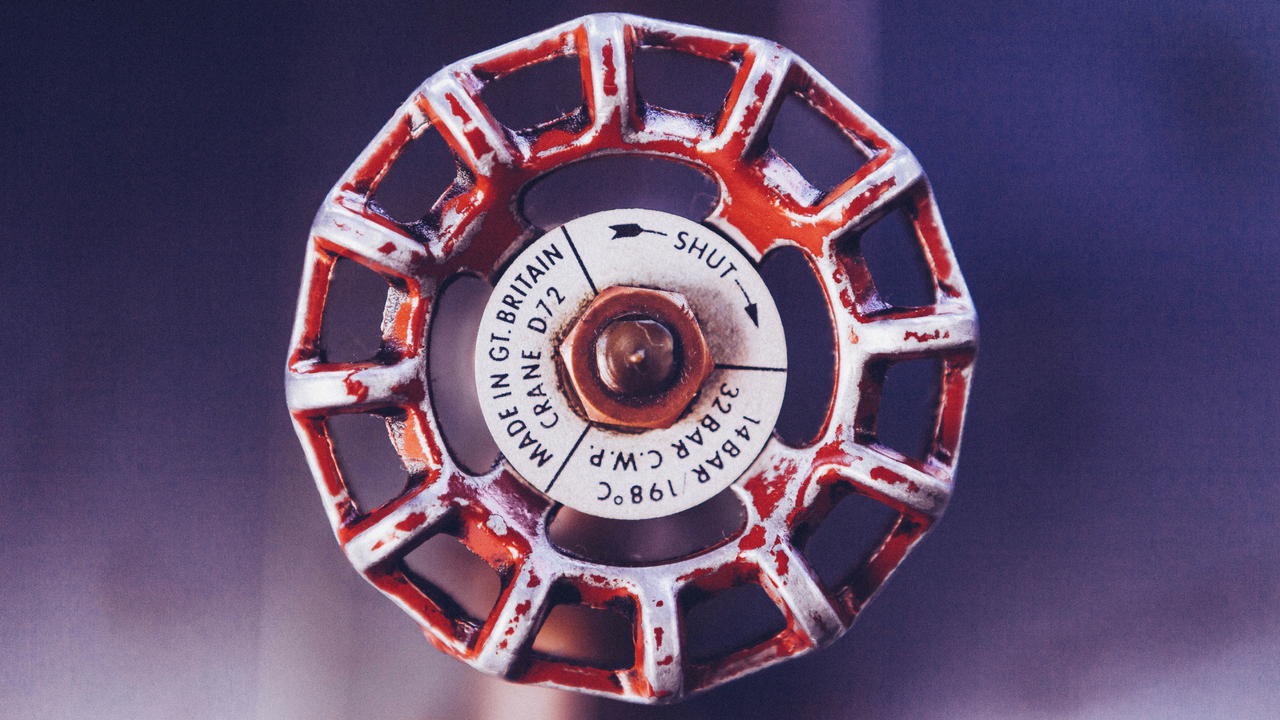
"Inside-leg-to-outside-rein", we hear it all the time, right? But when you think about it, what does it really mean?
For the horse it means four things:
- The horse experiences unrelenting pressure. There is no correct answer, no movement the horse can make that releases this rein and leg contact.
- The horse is not in self-carriage. Self-carriage is where the horse maintains posture and gait without the use of constant signals so inside-leg-to-outside-rein is actually rider-carriage.
- The horse will get increasing heavy in the hand. When rein tension is not released when the horse relaxes and softens, the horse will eventually stop looking for the behaviour that earns the release and habituate to the pressure.
- The horse will habituate to leg pressure. Any constant pressure from the leg, that does not get released when the horse changes what it's doing, will be habituated to - meaning more pressure will be required to achieve the same result next time.
Pressure, be it rein tension or leg pressure, is your motivator for the horse to change something, move something, relax, engage etc. When it is not released, the horse ceases to be motivated to change or trial new behaviours - this, when taken to the extreme, is known as learned helplessness.
Inside-leg-to-outside-rein is a form of unrelenting pressure unless the cues are released when the desired response is offered.
Have you ever ridden a horse that requires you to 'ride every stride', 'wrap your legs around it' or otherwise keep pressure on to maintain gait and posture? If so, leave me a comment below and tell me about that situation.
If you'd like to have this series delivered directly to your inbox, click here.

